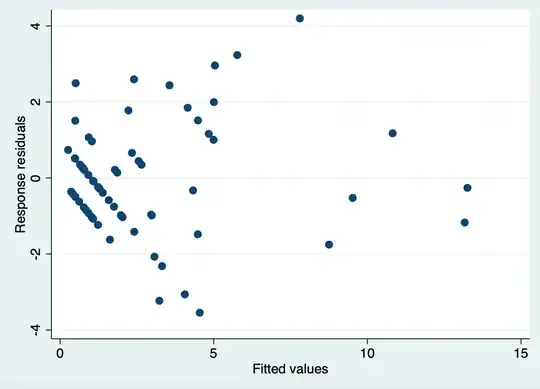Suppose you have a random sample with $n = 5$ observations from a
normal distribution with unknown $\mu$ and $\sigma^2.$
In estimating $\sigma^2,$ the usual sample variance
$V_1 = \frac{1}{n-1}\sum_{i=1}^n(X_i-\bar X)^2$ is unbiased for $\sigma^2:$
$E(V_1) = \sigma^2.$
By contrast, the maximum likelihood estimator of $\sigma^2,$ which is
$V_0 = \frac{1}{n}\sum_{i=1}^n(X_i-\bar X)^2,$ is biased, but has smaller MSE.
[This is true for any $n,$ but I choose $n=5$ so that the bias
of $V_0$ (negligible for large and moderate $n)$ will be unmistakable in my simulation.]
set.seed(2020)
m = 10^6; n = 5; mu = 100; sg = 10
v1 = replicate(m, var(rnorm(n,mu,sg)))
v0 = (n-1)*v1/n
mean(v0); mean(v1)
[1] 79.95946 # aprx E(V0) < 100
[1] 99.94932 # aprx E(V1) = 100
mean((v0-sg^2)^2)
[1] 3606.298 # aprx MSE(V0) < MSE(V1)
mean((v1-sg^2)^2)
[1] 5007.307 # aprx MSE(V1) = 5000
For $\sigma^2 = 100,$ we have $E(V_0) = 80, E(V_1) = 100.$
Also, $MSE(V_0) = 3200 + 400 = 3600 < MSE(V_1) = Var(V_1) = 5000.$
Histograms of v1 and v0:

par(mfrow = c(2,1))
hdr1="Unbiased Sample Variance"
hist(v1, br=30, prob=T, xlim=c(0,800), col="skyblue2", main=hdr1)
abline(v=100, col="red", lty="dotted")
hdr2="MLE of Population Variance"
hist(v0, br=30, prob=T, xlim=c(0,800), col="skyblue2", main=hdr2)
abline(v=100, col="red", lty="dotted")
par(mfrow = c(1,1))
Note: A few authors have advocated use of the MLE, bias notwithstanding. However, traditional methods of inference
for variances using the chi-squared distribution would
have to be altered to use the MLE, and many statisticians
believe underestimating $\sigma^2$ is a strong argument
against the MLE. (Another complication is that dividing by
$n+1$ results in an even greater decrease in MSE.)
